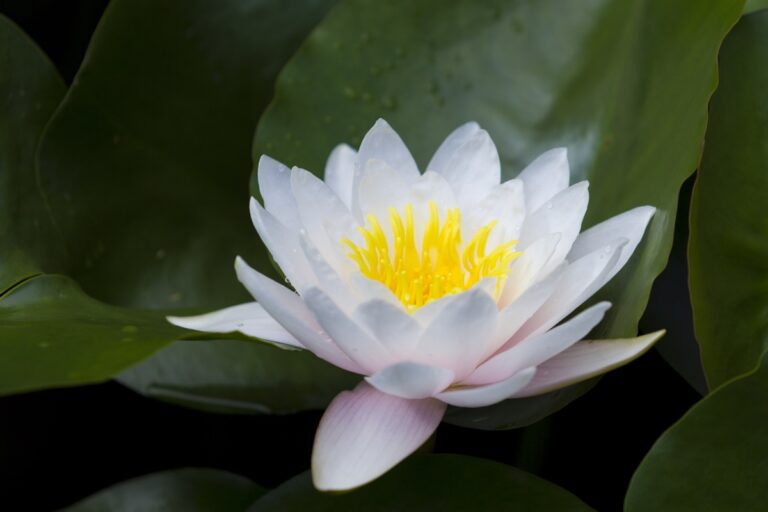Similar Posts

749th Week: Offering Blessings and Gratitude
Each morning, I post a daily inspirational quotation and nature photograph on the Devadana Sanctuary Facebook page and the one I put up recently has stayed on my mind. I thought I’d share it as this week’s practice, given the amount of contention and negative feelings and events happening in so many of our human communities around the world.
The quotation is from the work of Pierre Predervand, who writes about the powerful practice of offering blessings as an aspect of, and activity in, daily living. I include gratitude in this practice because, for me, both offering blessings and expressions of gratitude are powerfully related. Here’s the quotation from Pierre Predervand (from his book, The Gentle Art of Blessing) that I posted the other day:
Read More “749th Week: Offering Blessings and Gratitude”
719th Week: Taking Time to Renew Yourself
I just spent a week teaching at the Cape Cod Institute in Massachusetts and find myself filled with a celebration of green trees and fresh, cool air. As I contemplate returning to New York City on what will be a hot summer’s day in the city, I find myself deeply grateful for the ability we have to carry images and impressions with us wherever we go. I can take the green along with me, and the generous remembered presence of birds, and, at times, deep quiet.
This all gets me to thinking yet again about the importance of where we place our awareness, and with what kinds of memories and impressions we nourish ourselves. Where we focus our awareness matters, and has a direct and noticeable impact on the resilience and health of our body-mind being. Read More “719th Week: Taking Time to Renew Yourself”

December Audio Meditation
Week 661: Finding Breathing Space
Walking across Central Park after a light snow, I noticed that the dogs were energetically jumping into the snow, running in it at full tilt, and generally having an enthusiastically delightful time. It got me to thinking about how important it is to remember that Read More “Week 661: Finding Breathing Space”

868th Week: Revisiting Interbeing
Listening to the news and taking in the depth of suffering currently unfolding in our human family around the world, I was drawn again into an awareness of how our tendency to focus on the things that separate us leads to terrible possibilities. When we become mired in tribal reactions and beliefs, we end up harming one another in horrific ways.
For many years, I have committed myself to support and promote an understanding of our underlying oneness—the fact that we are related to one another and all other life on the planet. What has been a long-term support to this focus of attention has been the term coined by the Buddhist monk Thich Nhat Hanh, where he talked about interbeing, that in every moment we interare with the life around us.
Another concept that has been important to me is the idea of interdependence, that we cannot live without the range of relationships we have with each other and with the other life forms on this planet. Science is beginning to demonstrate that successful eco-systems are based on collaboration and cooperation amongst species and that competition is only one aspect of these complex relationships. And, in a very personal way for each of us, our physical bodies are communities comprised of trillions of non-human life forms that work together to keep our bodies alive.
Read More “868th Week: Revisiting Interbeing”
2024 January Meditation
We’ll have two themes this year. The first half of the year will focus on the frequency of love as a universal force that supports healing into wholeness. This month, we’ll focus on love as a major healing force in the world and orienting to an open heart.
Here’s the YouTube version, if you would prefer to see images of nature as you meditate…